10 Celebrities Who Removed Fillers and Left Everyone Speechless

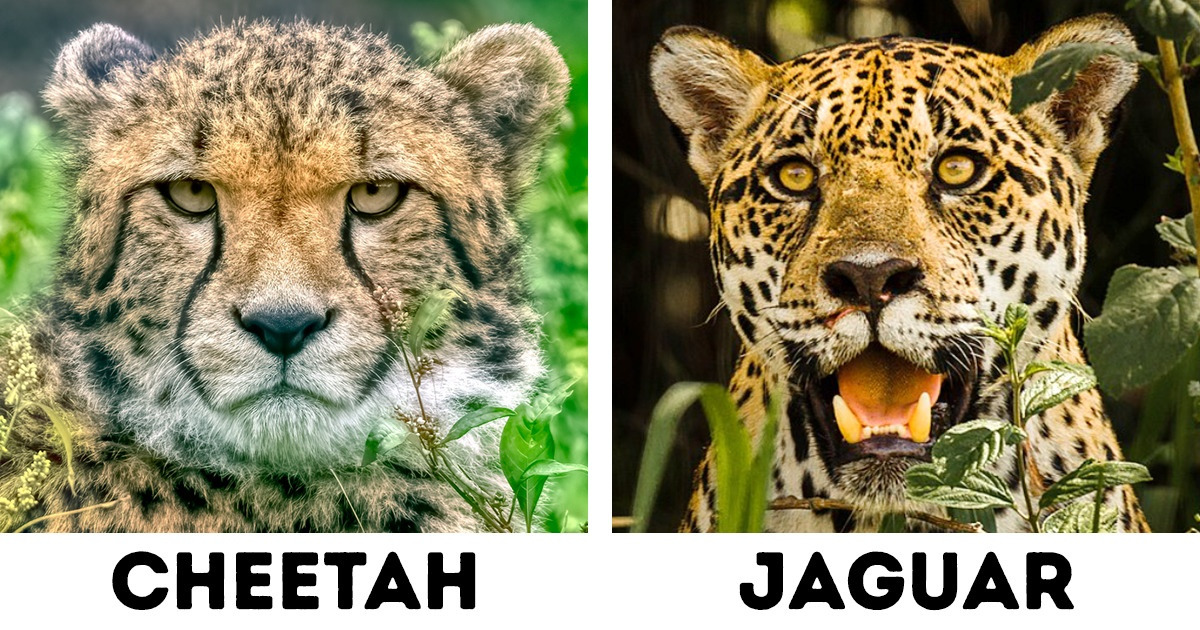
If you don’t know how to tell a cheetah from a leopard, or a leopard from a jaguar, you are not alone. These large spotted cats are often confused with each other, but the truth is that there are more differences between them, than similarities. Due to their unique and colorful appearance, jaguars, leopards and the cheetah are some of the most loved and popular animals worldwide. Shows like Tiger King are only clear proof that wild cats, including leopards and jaguars, are very much sought after.
Cheetah, leopard, and jaguar are three types of large cats that belong to the family Felidae. They are superficially similar but there are some major differences in behavior and physicality. The only reason these three creatures are being compared to one another is probably due to their size, since they are much smaller than lions to be compared to them. This article will help you understand the difference between a cheetah, a jaguar and a leopard in the most simple way.
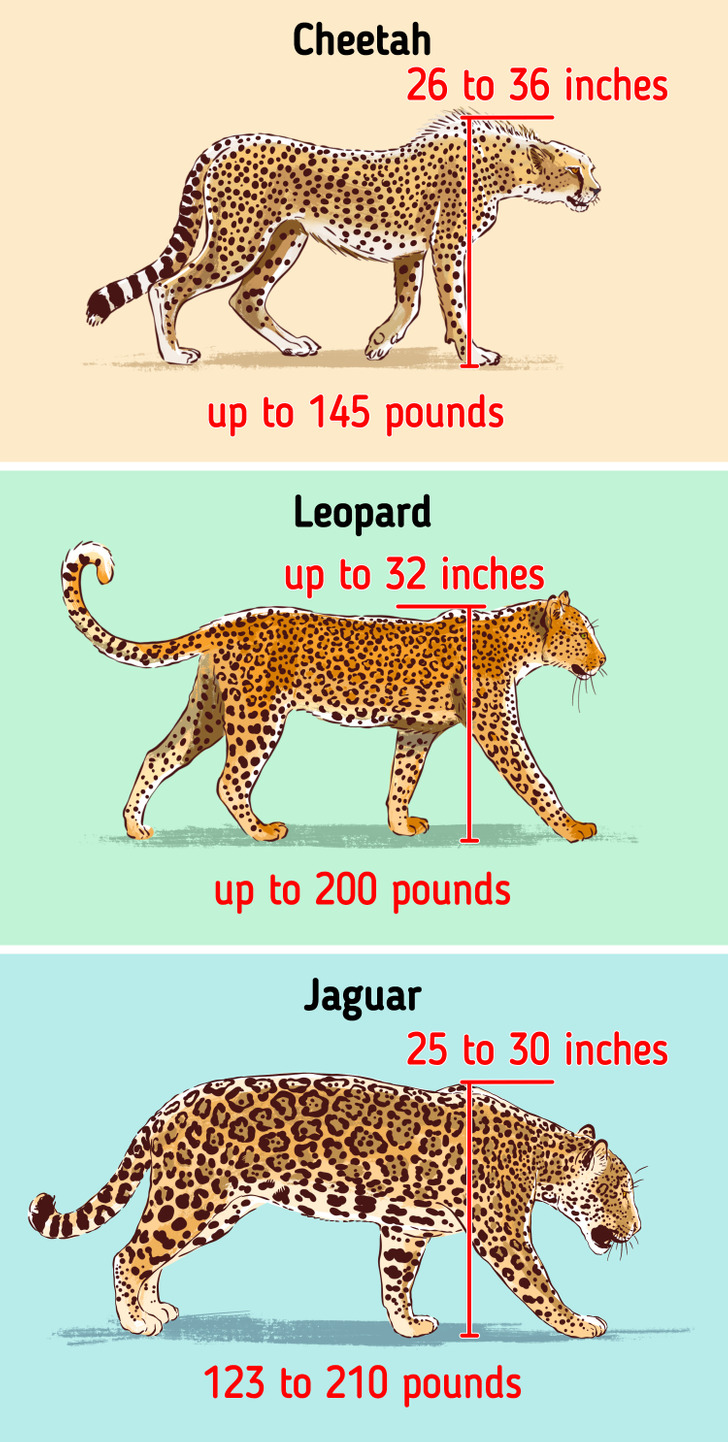
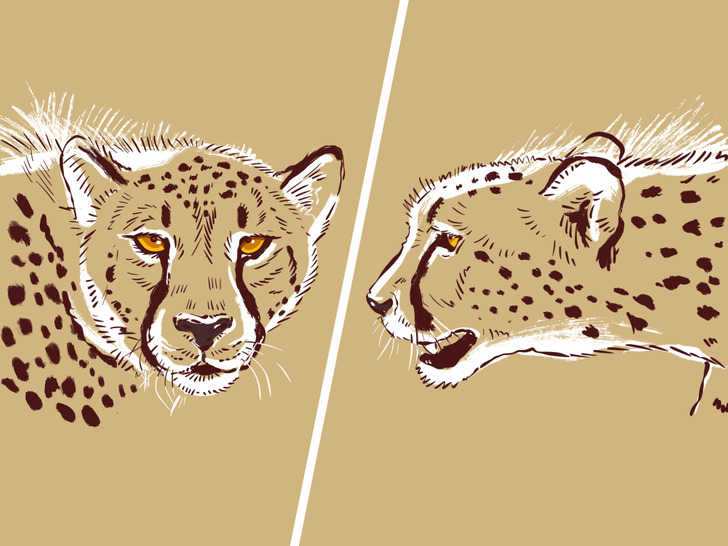
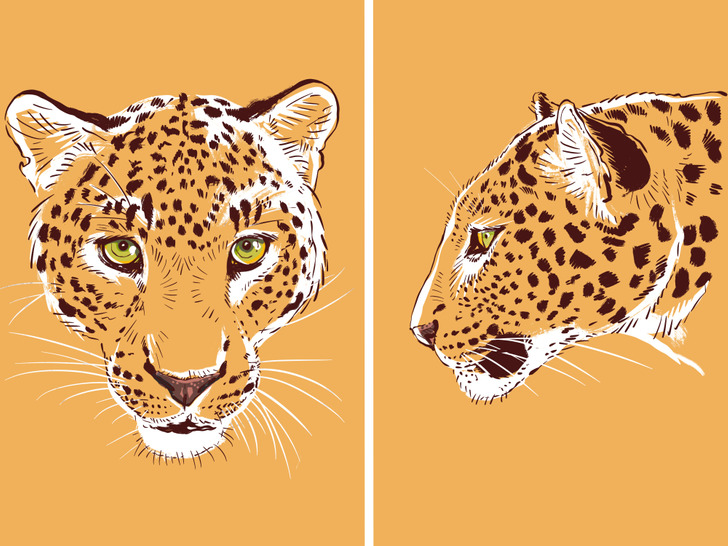
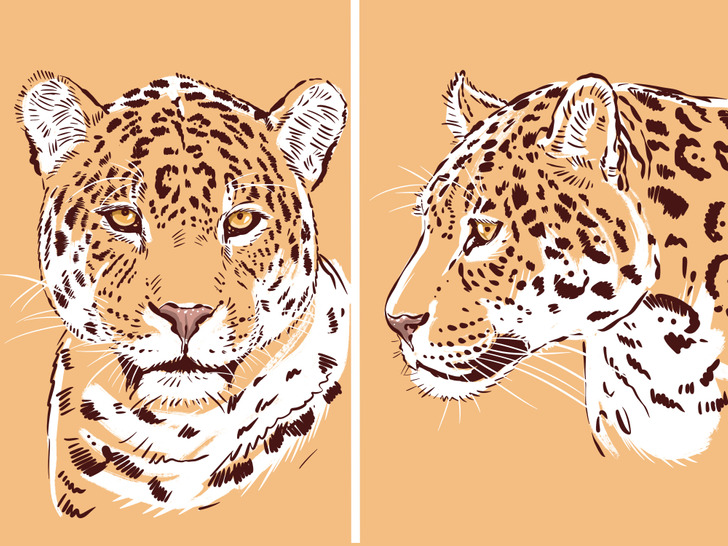
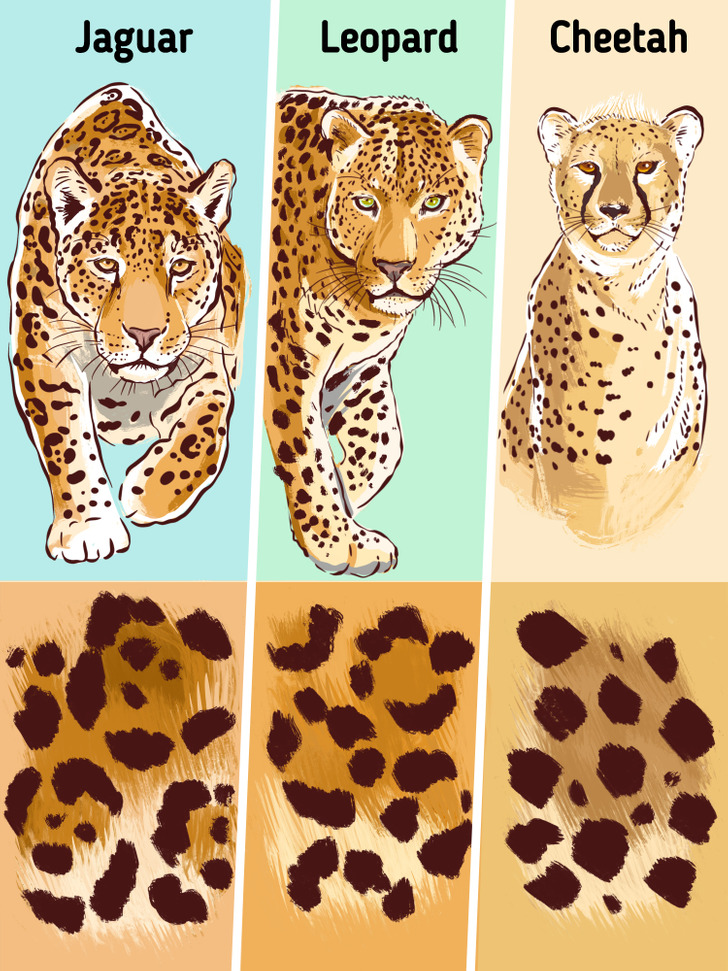
Despite the fact that the cheetah, the leopard, and the jaguar have a spotted coat, they are not identical.
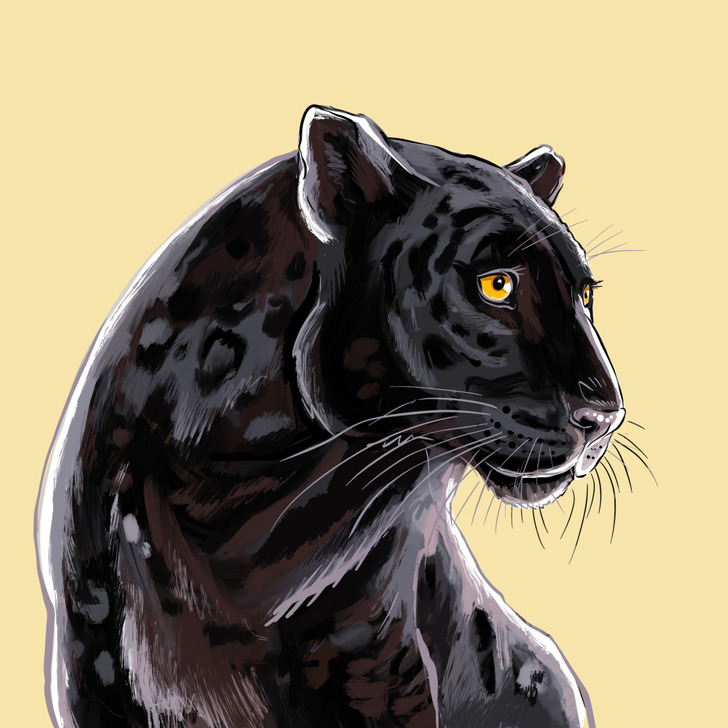
The leopard and the jaguar who belong to big cats can only roar but cannot purr. Cheetahs, on the other hand, can only purr. The structure of the cheetah’s voice box doesn’t allow it to roar.
The jaguar’s huge jaw muscles and teeth give it the strongest bite force of any mammal, allowing it to pierce the armor of a caiman and a tortoise.
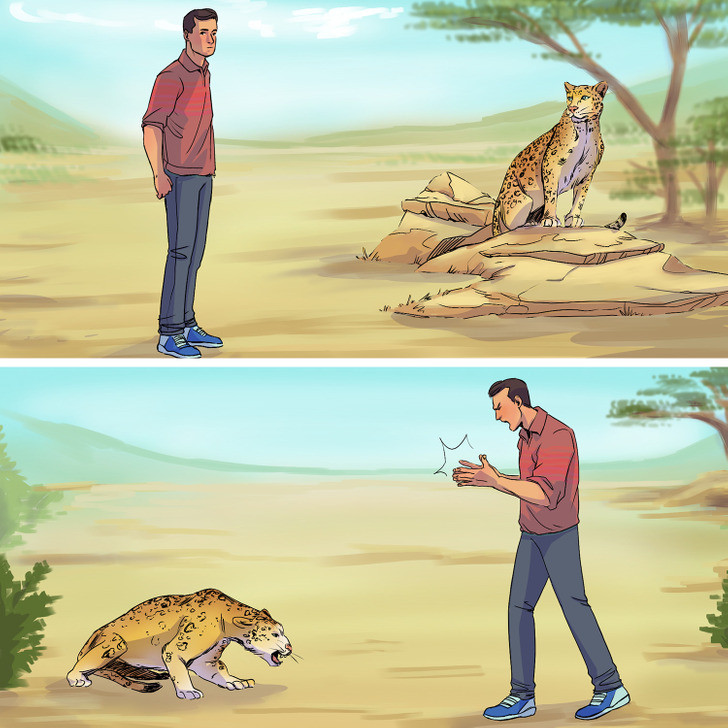
By all means, don’t approach a leopard. And especially not leopard cubs. A mother leopard is very defensive, and she will most likely attack you in order to protect them.
According to someone who experienced an attack from leopards “When my children were young, a large male leopard lurked around our camp for about a week. Each evening, his presence was advertised by the alarm calls of nearby bushbucks and pukus, though I only saw him a few times. Then, one night, the leopard attacked an old man. Though his injuries weren’t serious, the man died the same day.”
Now that you’ve read this article, would you be able to notice the difference between a leopard, a jaguar and a cheetah if you were to see them out in the wild? And if you did see one of them, what would your first reaction be?











